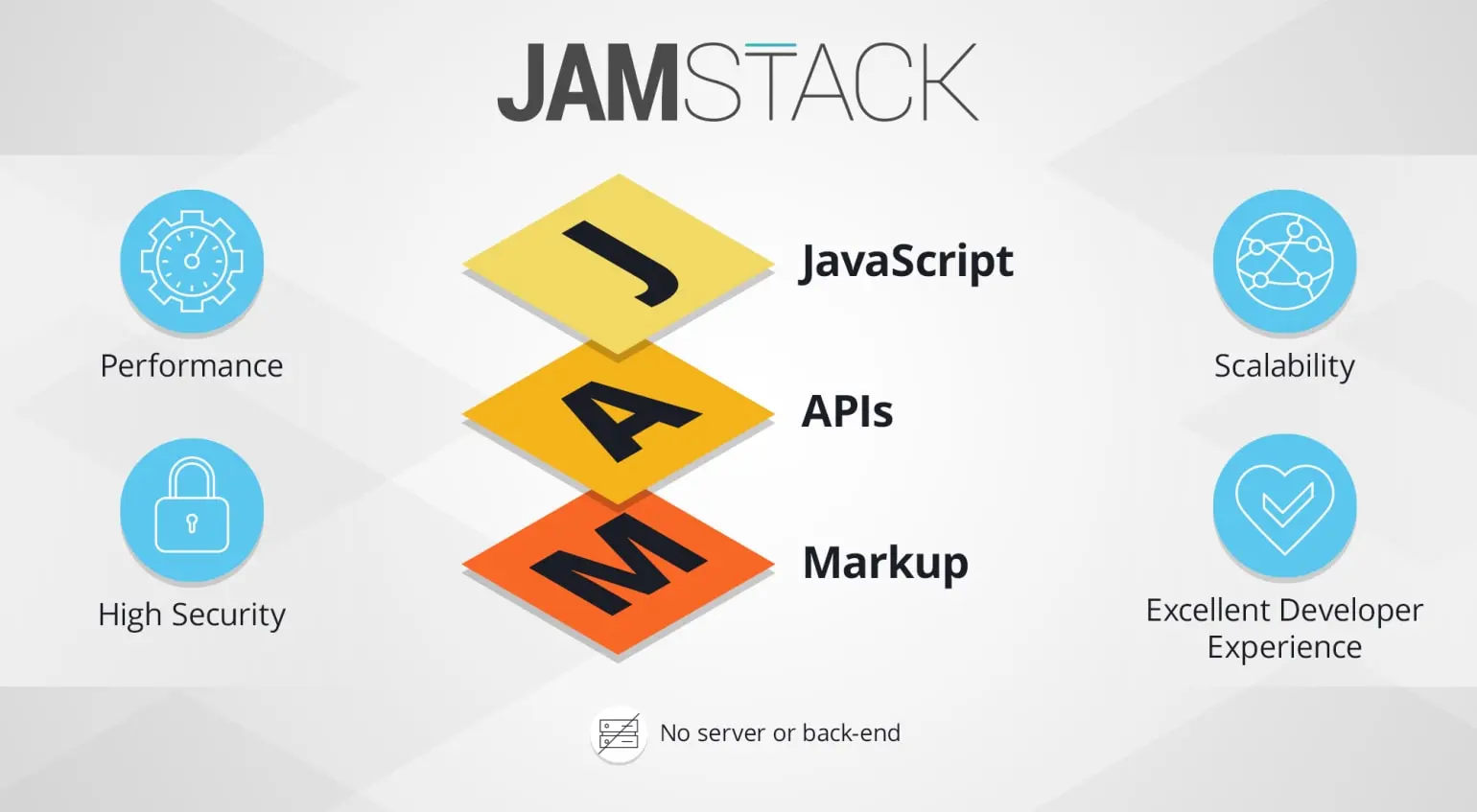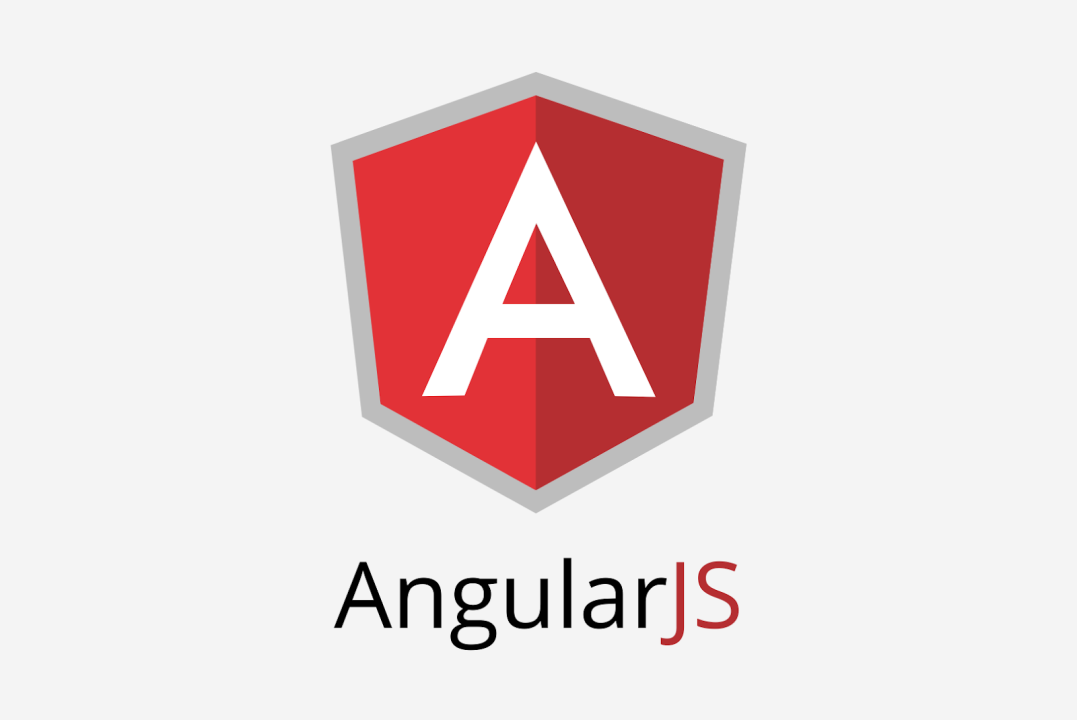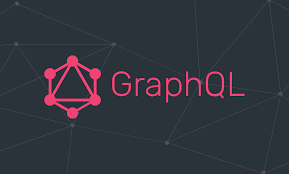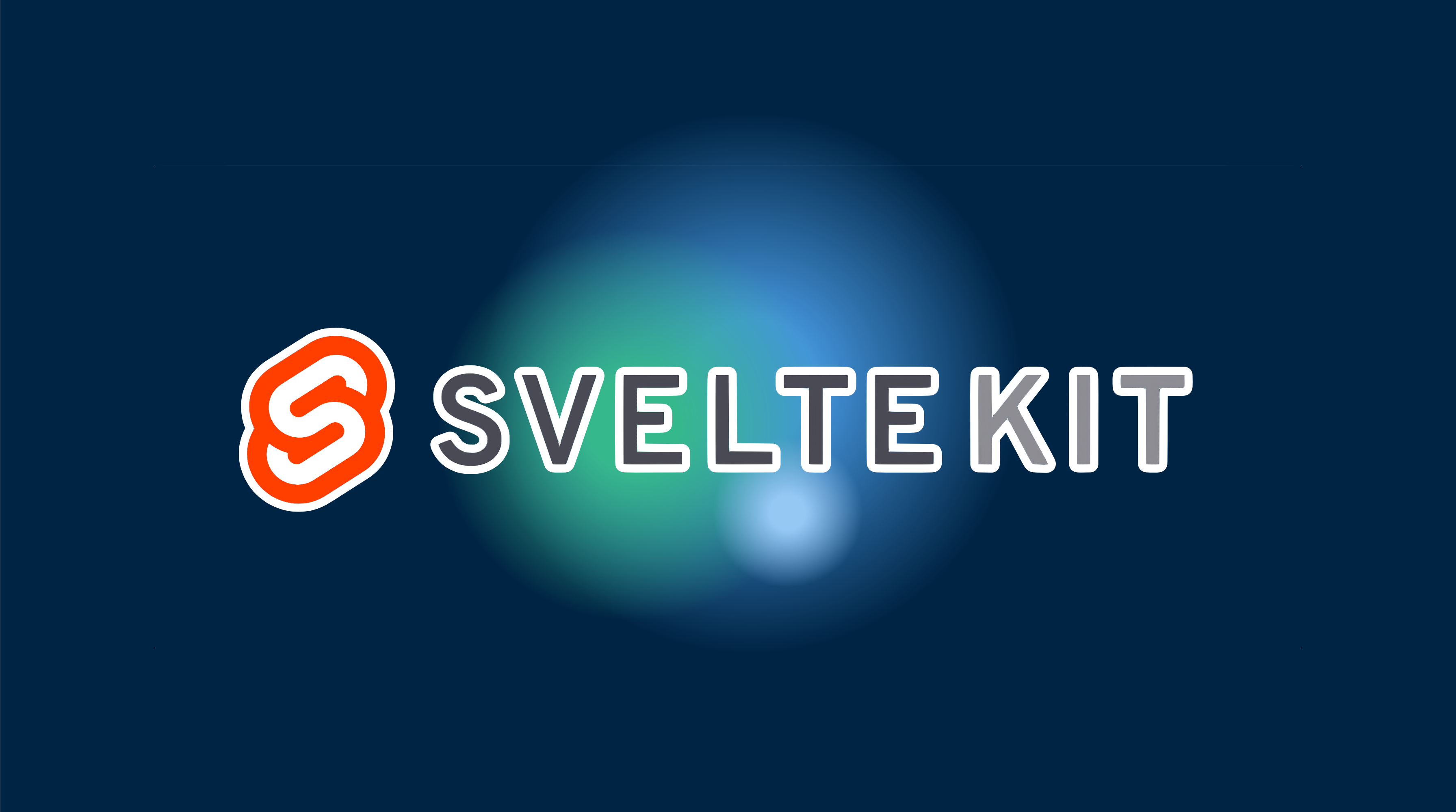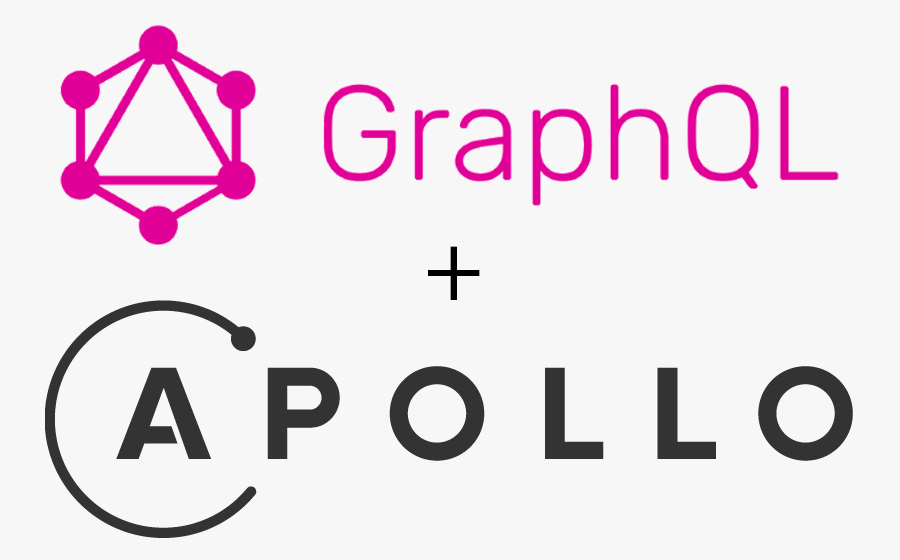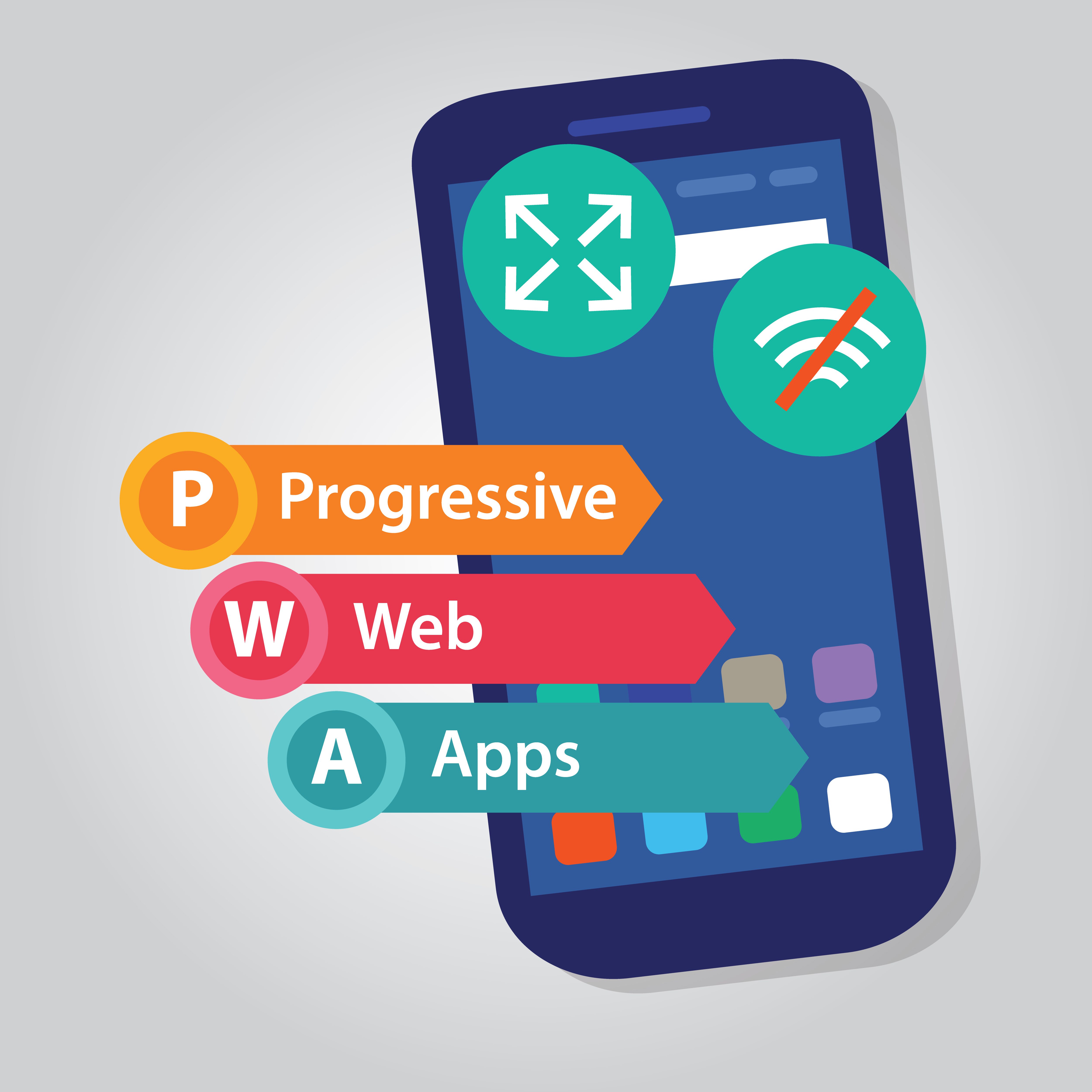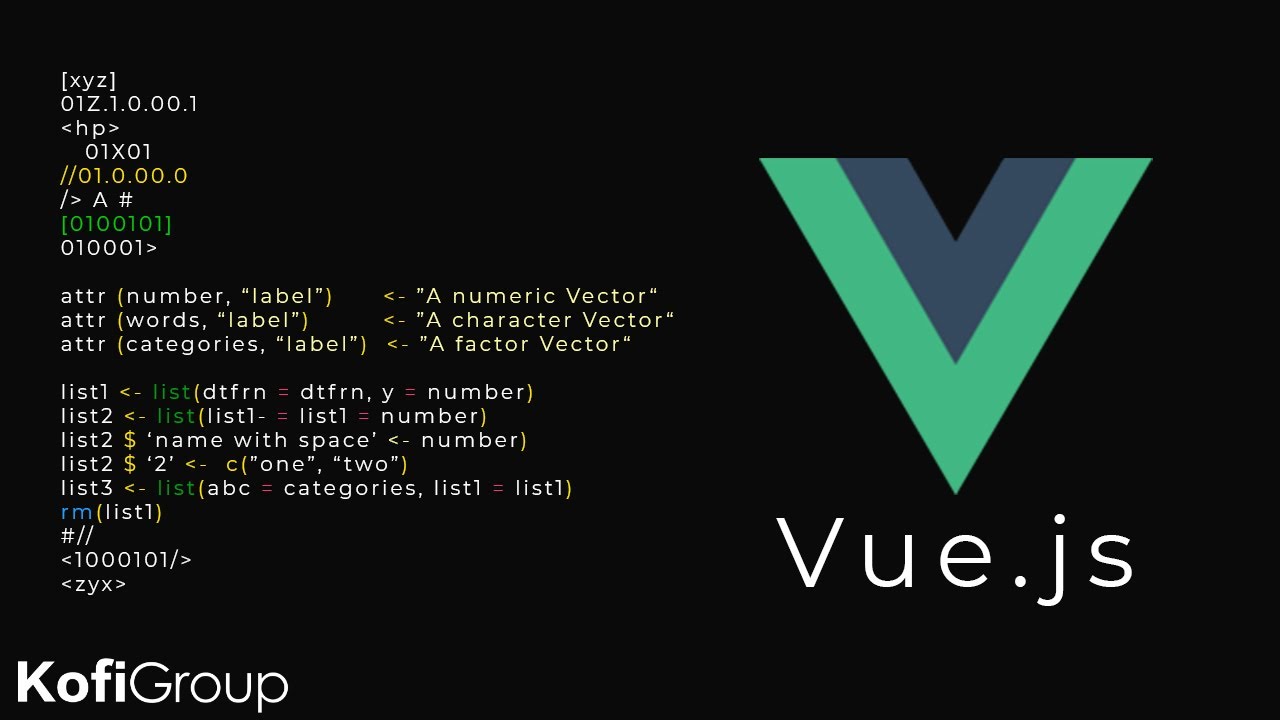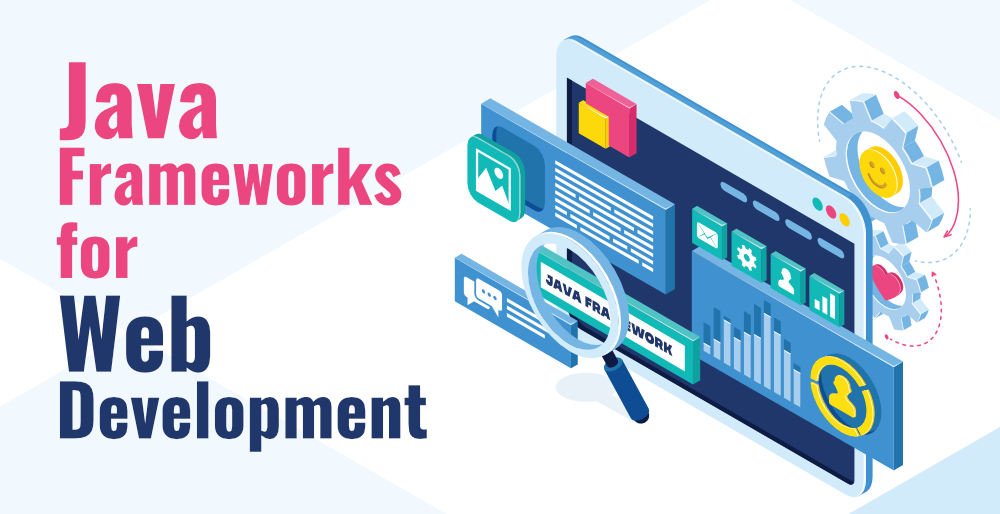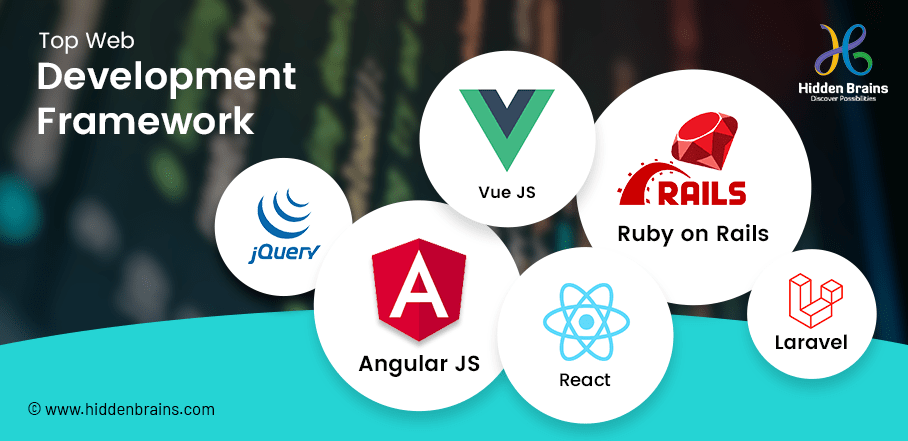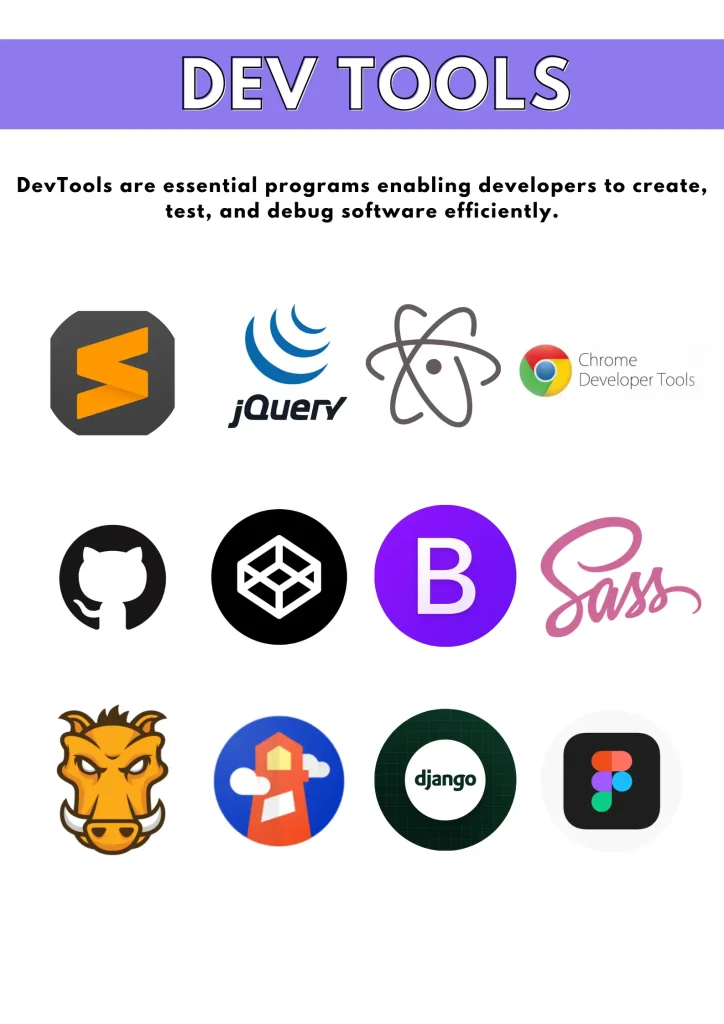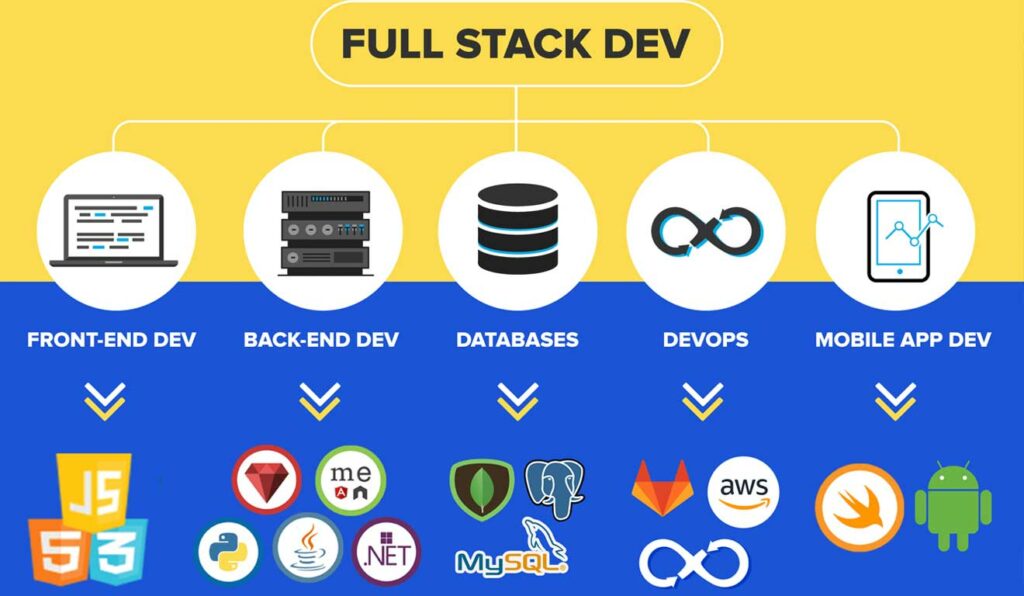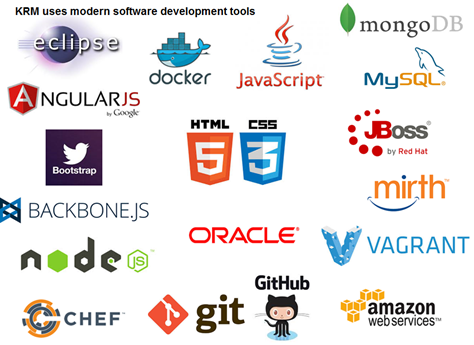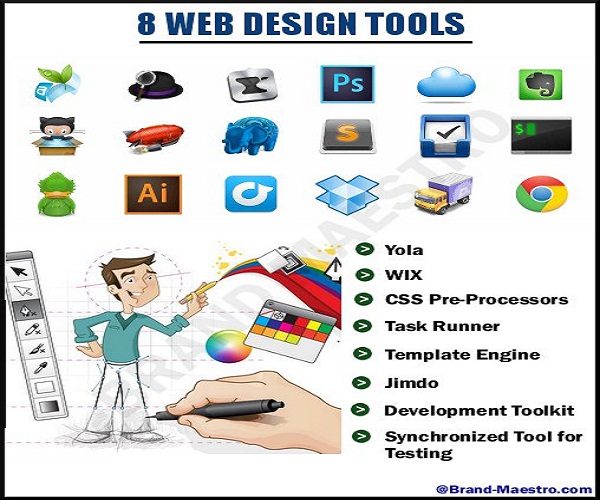As web development continues to evolve, new frameworks and technologies emerge, offering developers innovative tools to build faster, more efficient, and highly interactive web applications. Staying up-to-date with these trends is crucial for developers who want to maintain a competitive edge. In this post, we explore the latest trends in web development frameworks that are shaping the industry in 2024.
SvelteKit
Svelte has been gaining traction due to its unique approach of compiling components at build time. SvelteKit is the new framework for building Svelte applications, offering several advantages: Hybrid Rendering: Combines static site generation (SSG) and server-side rendering (SSR), providing flexibility in how applications are built and deployed. File-Based Routing: Simplifies routing by using the filesystem, making it easier to manage and navigate complex applications. Optimized Performance: SvelteKit delivers highly optimized and performant applications out of the box, ensuring a great user experience.
GraphQL and Apollo
Overview: GraphQL is a query language for APIs that allows clients to request only the data they need. It provides a more efficient and flexible alternative to REST APIs, enabling better performance and more precise data retrieval. GraphQL is transforming the way APIs are designed and consumed. Apollo is a leading GraphQL implementation that offers: Apollo Client 3: Improved caching and better support for TypeScript, making it easier to build and maintain complex applications. Federation: Allows you to compose multiple GraphQL services into a single graph, facilitating the development of scalable, distributed systems.
Progressive Web Apps (PWAs)
Progressive Web Apps (PWAs) continue to be a significant trend, providing native-like experiences on the web. Tools and frameworks enhancing PWA development include: Workbox: A set of libraries for adding offline support and other PWA features, making web applications more resilient and reliable. Angular: Built-in support for creating PWAs with Angular Service Worker, simplifying the development of performant and engaging web applications.
Static Site Generation (SSG)
Static Site Generation involves creating static HTML files for each page of a website during the build process. These files are then served to users directly from a web server or content delivery network (CDN). This is in contrast to server-side rendering (SSR), where pages are generated dynamically on each request. Build Time Generation: Pages are generated during the build process rather than on each user request. This ensures that content is served quickly without requiring server-side processing. Consistency: The same static files are served to every user, ensuring consistent performance and content delivery.
Vue.js
Why It's Popular: Vue.js is a progressive JavaScript framework that is easy to integrate with existing projects or use for single-page applications. Vue's gentle learning curve, along with its flexibility and simplicity, makes it a favorite among developers who want to get started quickly. Latest Trend: With the release of Vue 3, the Composition API has been introduced. This API offers a more flexible and powerful way to organize and reuse code within Vue components, making it easier to manage complex applications. Real-World Example: Vue.js powers the front end of popular platforms like Alibaba, Xiaomi, and 9GAG.
Angular
Overview: Angular, developed by Google, is a comprehensive framework that provides everything needed to build dynamic web applications. It includes features like two-way data binding, dependency injection, and a powerful CLI. Recent Updates: Angular 14 introduces stricter type checking and improved support for standalone components, which simplifies the development of smaller, reusable UI elements. The framework also includes enhanced tooling and faster build times. Learning Resources: Angular Documentation
